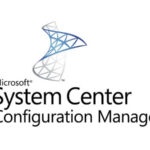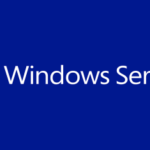How to Configure and Monitor Configuration Manager Client Status for Effective Device Management. Before you can monitor Configuration Manager client status and remediate problems that are found, you must configure your site to specify the parameters that are used to mark clients as inactive and configure options to alert you if client activity falls below a specified threshold.
Configure client status
1. Start the SCCM console. Naviger til Monitoring\Client Status. Klik Client Status Settings in the upper menu;
2. In the Client Status Settings Properties, you can configure next parameters:
- Client Policy requests during the following days – This setting specifies the number of days since a client requested a policy. The value is set to 7 days by default.
- Heartbeat discovery during the following days – This setting specifies the number of days since the client sent a heartbeat record to the site database. The value is set to 7 days by default.
- Hardware inventory during the following days – This setting specifies the number of days since the client sent a hardware inventory record to the site database. The value is set to 7 days by default.
- Software inventory during the following days – This setting specifies the number of days since the client sent a software inventory record to the site database. The value is set to 7 days by default.
- Status messages during the following days – This setting specifies the number of days since the client sent status messages to the site database. The value is set to 7 days by default.
- Retain client status history for the following number of days – This setting specifies for how long the client status history should remain in the site database. It is set to 31 days by default.
3. Klik OK;
4. Klik Schedule Client Status Update in the upper menu. Som standard, the client status update is set to 1 Day. You can set it to 1 Hour. This means that every 1 hour the client status is updated.
5. Klik OK;
Configure alerts for client status
1. Naviger til Assets and Compliance\Device Collections. Select the collection for which you want to enable the alerts. Klik Properties in the upper menu;
2. Click on the Alerts tab and click Tilføje;
Note: Alerts are supported only for Device Collections
3. Under the Client status select all options. Configure Endpoint protection when Endpoint clients are deployed to a device collection. Klik OK;

4. We see there are 3 conditions for which alerts can be raised. An Alert severity can be Critical, Warning, or Information. Leave by default and click Apply, then OK;
Run Client Status Report
1. Naviger til Monitoring\Reporting\Reports\Client Status, run the report for client status, Client status summary;
2. Vælge Collection, Klientversion og klik View Report;
3. In my case, it’s empty (because it’s LAB deployment);
4. This is from my non-test deployment:























